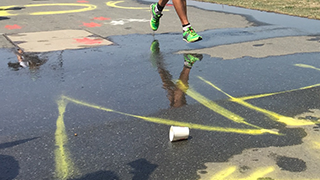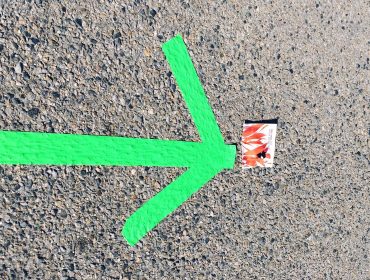 Not a lack of substitution but a disturbed regulation is the core of the problem
Not a lack of substitution but a disturbed regulation is the core of the problem
Signs and symptoms of overdrinking tend to develop when the serum [Na+] falls below 130 mmol/L. Early signs and symptoms can include: bloating, ‘‘puffiness’’, nausea, vomiting, and headache. However, many of these signs and symptoms are non-specific and can be present following prolonged exercise in the absence of hyperhydration.
As the severity of hyperhydation progresses, more serious signs and symptoms can develop as a result of worsening cerebral edema (brain swelling), including altered mental status (confusion, disorientation, and agitation), seizures, respiratory distress (pulmonary edema), coma and death.
The vicious circle of water retention and drinking
Scientific data suggest that the condition of too little sodium in the blood does not occur because of pure losses through sweat or urine, but are the consequence of water retention. Water retention is induced by hormones that are released because of losses of water and electrolytes. This regulatory feedback loop may end in a vicious circle of water retention and progressing sodium dilution.
These consideration go very much along with the fact that sodium substitution sometimes shows positive effects and sometimes not. If the salt-water-hormone feedback loop gets uncoupled from the counter-regulatory processes, water retention continues on top of fluid intake by drinking. Under stress conditions like a triathlon longdistance race deregulatory phenomena are a very sensitive and underestimated issue.





